SQA Higher Computing Science
£24.90£26.60 (-6%)
Exam board: SQA
Level: Higher
Subject: Computing Science
First teaching: August 2018
First exams: Summer 2019
Trust highly experienced teachers and authors Jane Paterson and John Walsh to guide you through the latest SQA Higher Computing Science specification (for examination from 2019 onwards).
This is the most comprehensive resource available for this course, brought to you by Scotland’s No. 1 textbook publisher.
– Gain in-depth knowledge of the four areas of study (Software Design and Development, Database Design and Development, Web Design and Development, Computer Systems) with clear explanations of every concept and topic
– Understand advanced concepts and processes as numerous examples throughout the book show the theory in action
– Build the skills of analysis, design, implementation, testing and evaluation that are required for success in both the exam and the assignment
– Apply the knowledge and skills developed through the course to a variety of practical tasks and end-of-chapter ‘check your learning’ questions
– Use computing terminology confidently and accurately by consulting a detailed glossary of all key terms and acronyms
Read more
Additional information
| Publisher | Hodder Gibson (26 Feb. 2021) |
|---|---|
| Language | English |
| Paperback | 352 pages |
| ISBN-10 | 1510483810 |
| ISBN-13 | 978-1510483811 |
| Reading age | 16 years and up |
| Dimensions | 21.2 x 1.6 x 27.4 cm |

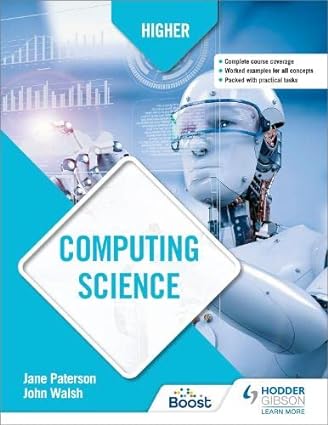
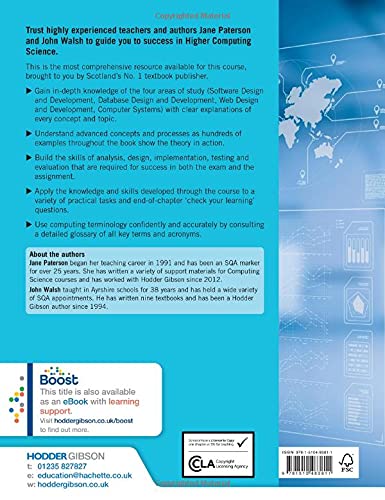
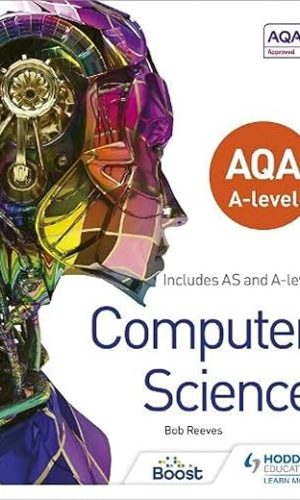
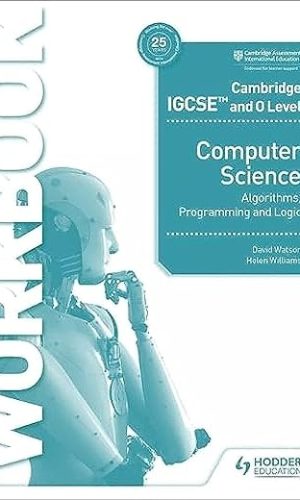
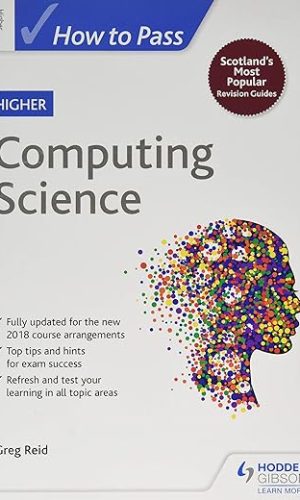
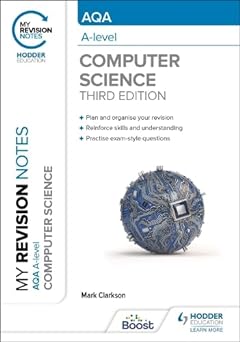


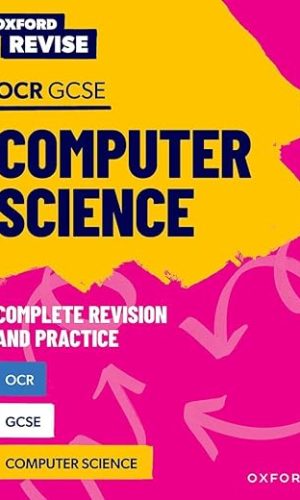
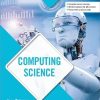
by Mr. Alastair E. Scott
The book is well-written and has lots of examples for pupils and teachers to follow.
A couple of niggles. Firstly, the answers to questions are not printed in the book, unlike the National 5 textbook; they are, however, available online, so pupils can still get access to them. It would be helpful to have them as part of the book.
Secondly, the flow of the book is not consistent, especially in the CSS chapter. Some pages follow a top to bottom flow for both columns of text (start at the top of column 1, read to the bottom, then up to the top of column 2). Other parts require the reader to go to the top of the second column to continue reading when they get partway through the first column, then, having read the first part of the second column, return to the next section in the first column. It isn’t always obvious what the reader should do.